Former Canada international Diana Matheson had a remarkable 18-year career that featured plenty of highlights. She won 206 caps for her country, a total only two of her compatriots can better. She represented Canada at six major tournaments, including a home World Cup. And at the 2012 Olympic Games, she scored the stoppage time winner that secured an historic bronze medal and provided a watershed moment for women’s soccer at home.
Yet, it might be her latest contribution to the sport she loves which proves to have the biggest impact.
Despite the success of the Canada women’s national team since Matheson scored that crucial goal, with an Olympic gold medal at Tokyo 2020 the stand-out moment in those 12 years, it has never had a professional women’s domestic league - until now. Following her retirement three years ago, Matheson has been focused on changing that very fact and, in April, all of her hard work will come to fruition.
With a minimum player salary already set at 50,000 Canadian dollars ($35,200) for the first year, legendary forward Christine Sinclair part of one club’s ownership group and research showing that there is a huge fanbase for women’s sport to tap into, there is plenty about the new Northern Super League - which is turning heads both domestically and internationally, before play even gets underway.
With the NSL’s launch having the potential to impact the new CONCACAF W Champions Cup tournament that has initially, and unsurprisingly, been dominated by teams from the United States and Mexico, plus the league’s big picture aim being to help Canada win a Women’s World Cup, Matheson and all involved will hope it catches the eye plenty more in the near future, too.


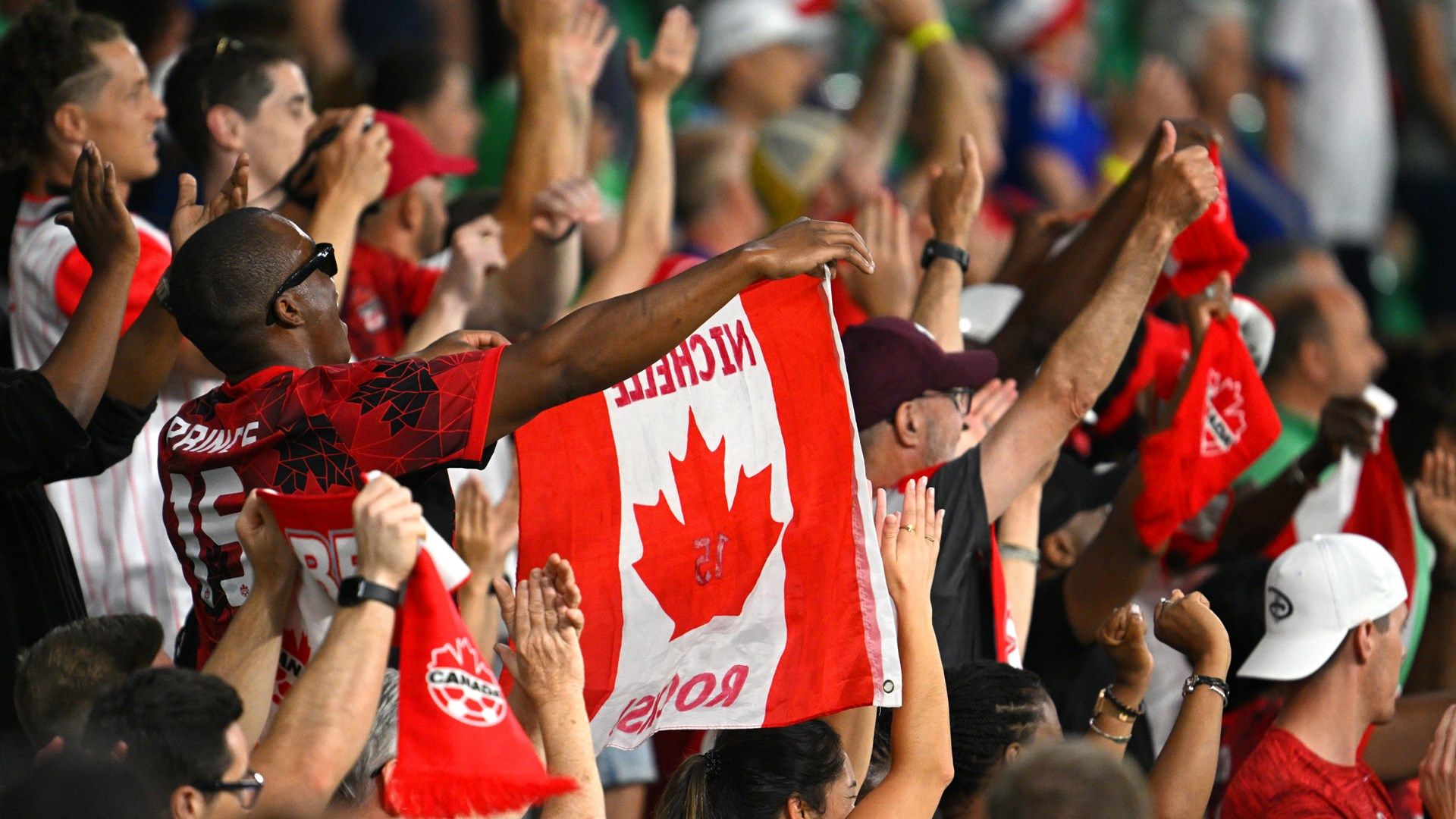.jpg?quality=60&auto=webp&format=pjpg)
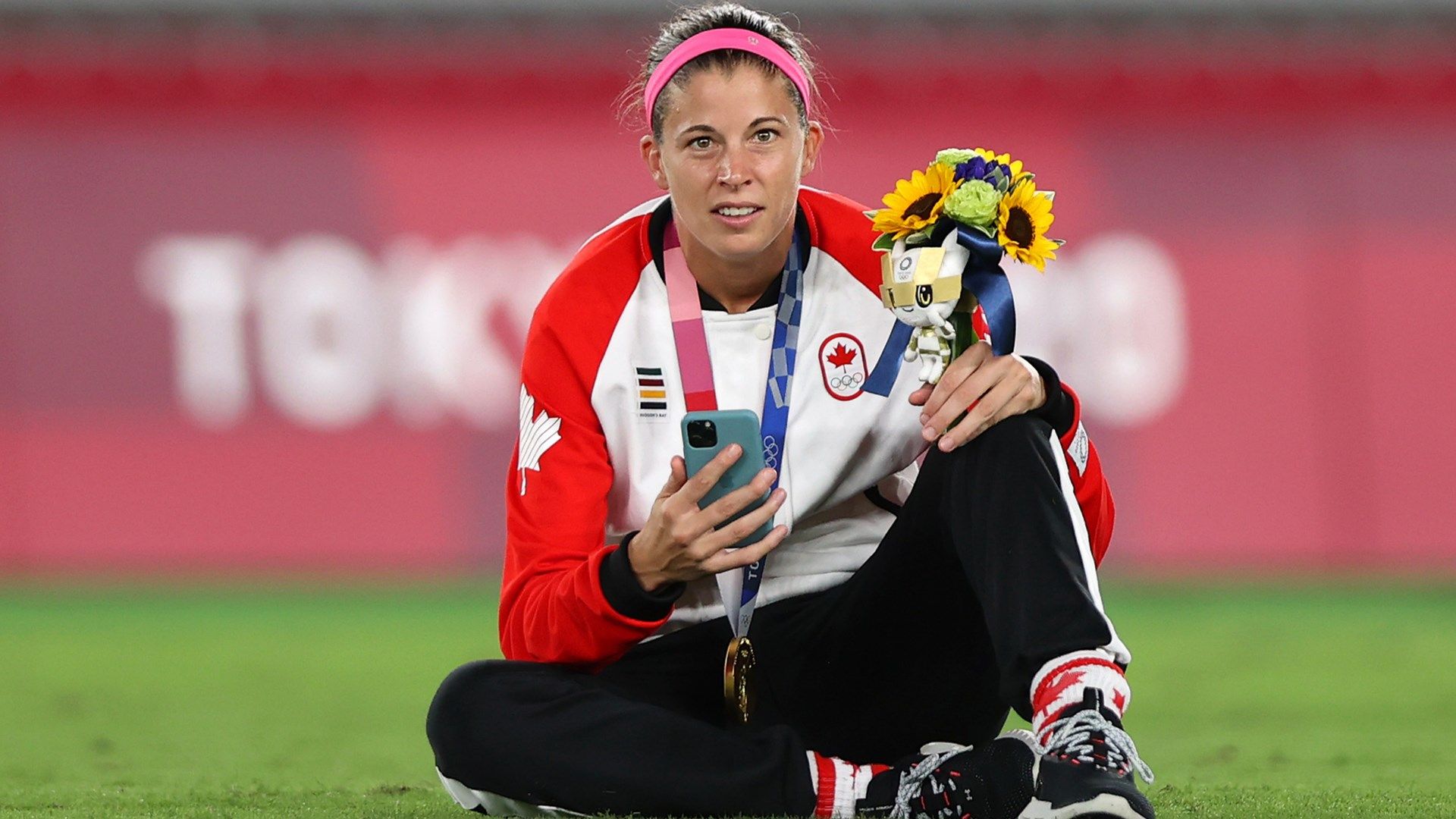.jpg?quality=60&auto=webp&format=pjpg)
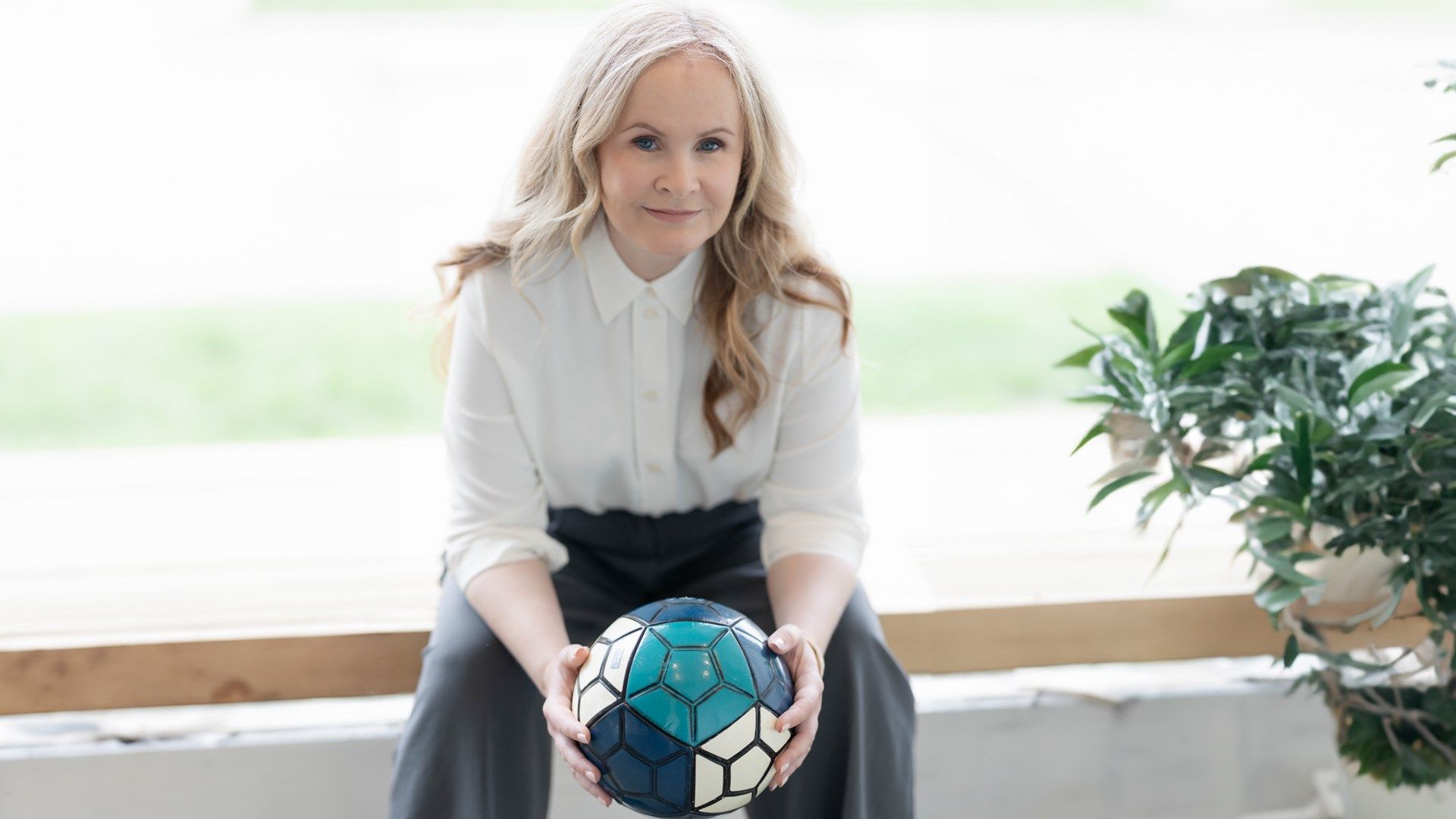.jpg?quality=60&auto=webp&format=pjpg)
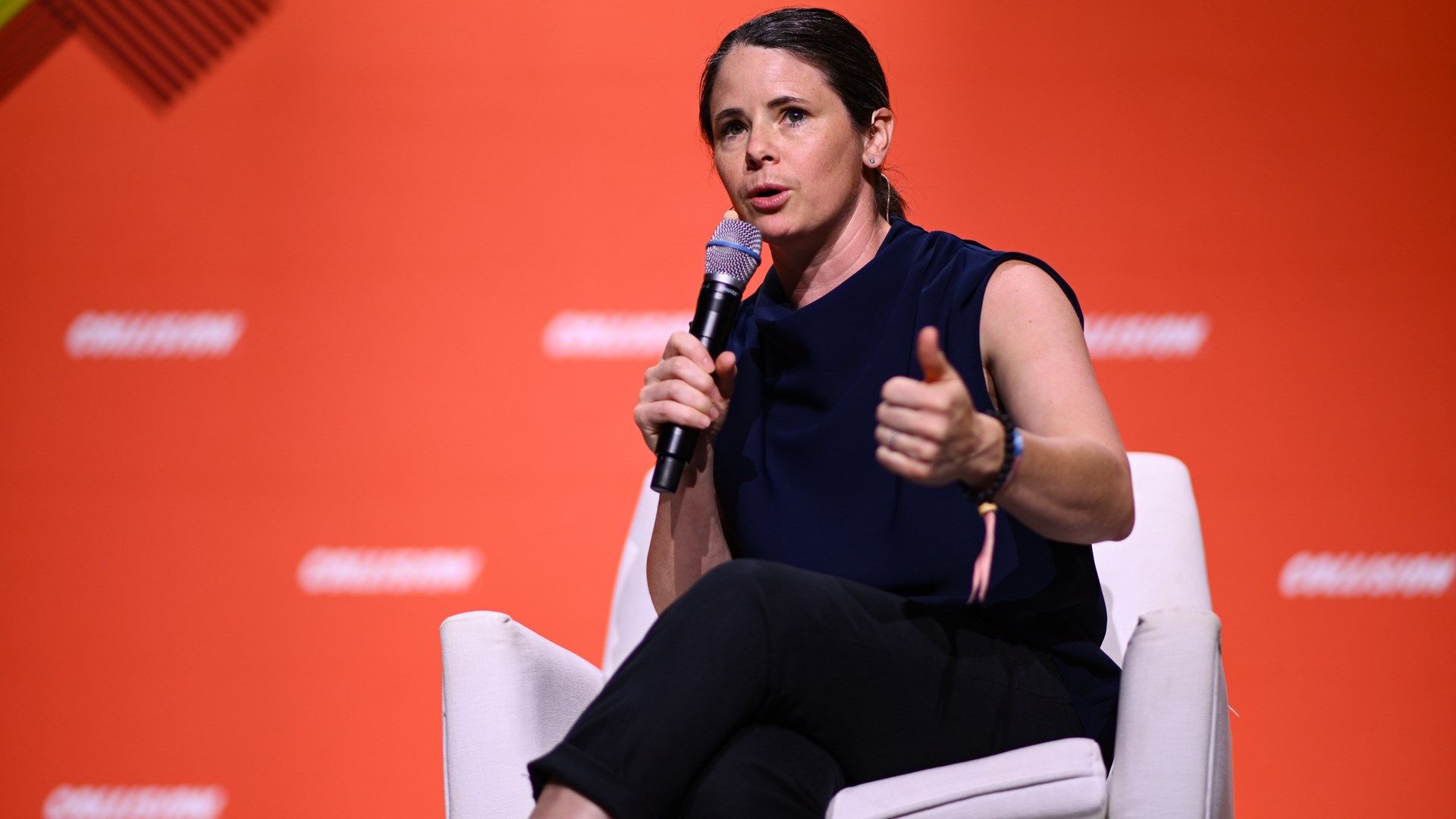.jpg?quality=60&auto=webp&format=pjpg)
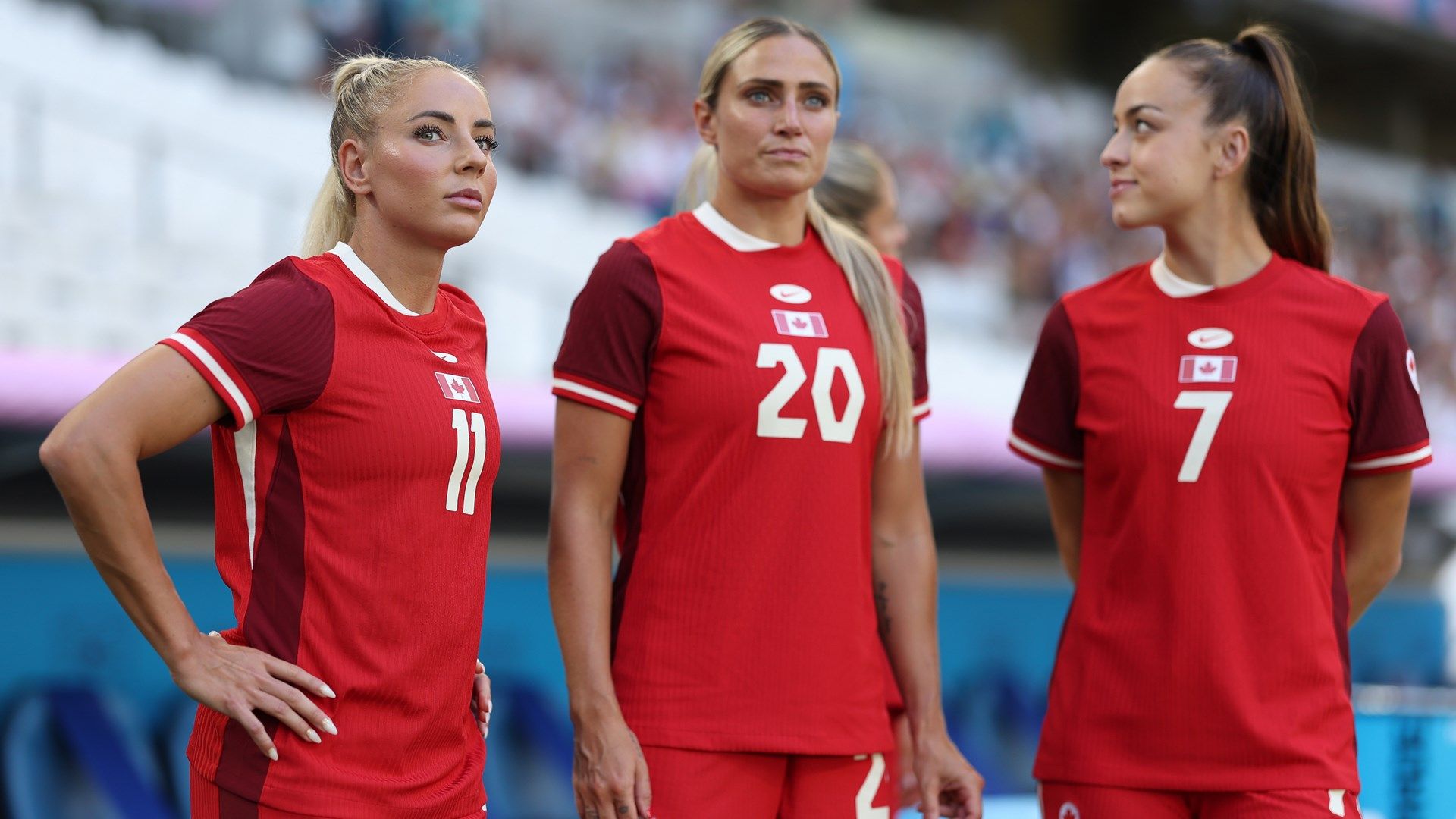.jpg?quality=60&auto=webp&format=pjpg)
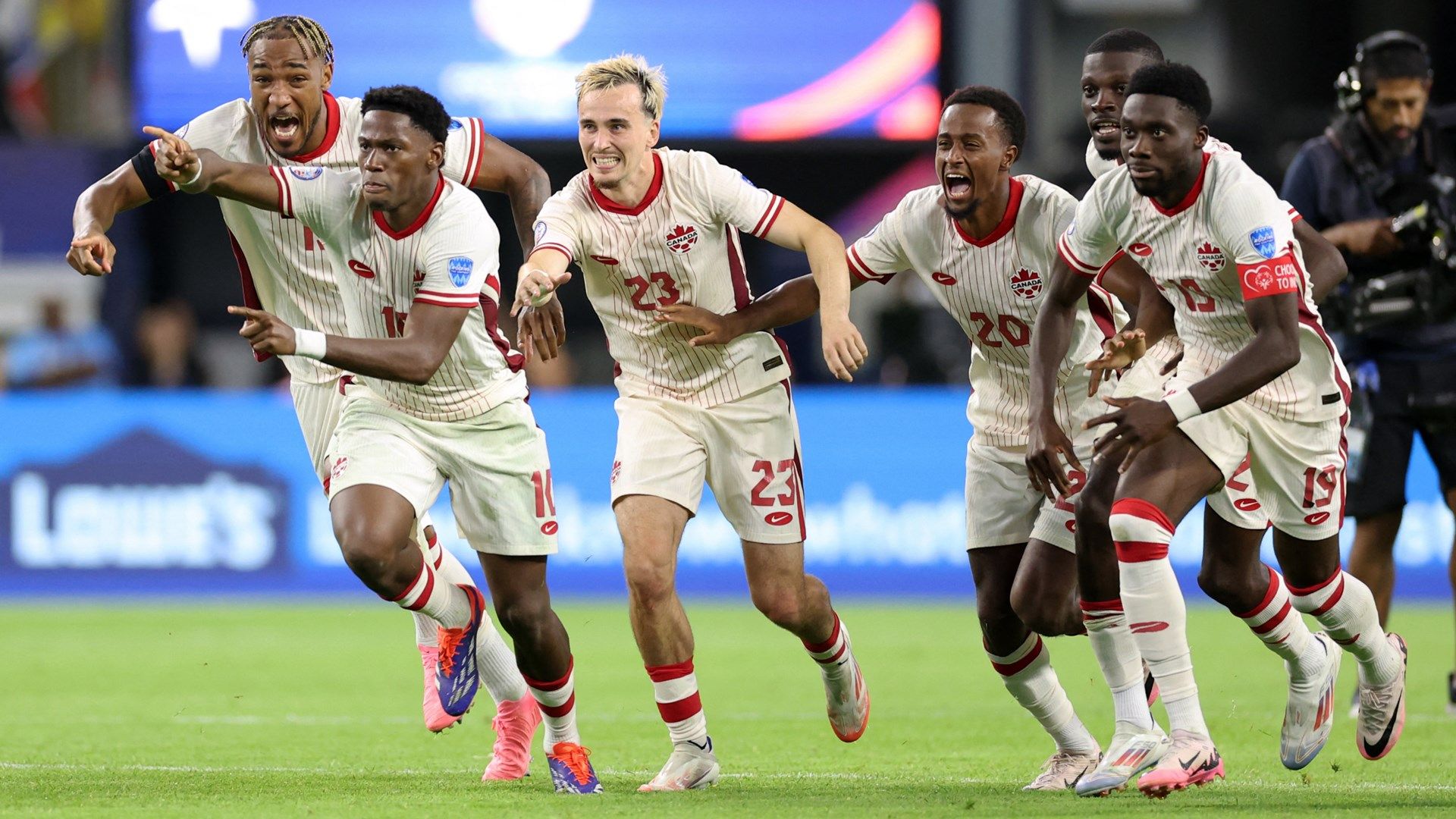.jpg?quality=60&auto=webp&format=pjpg)
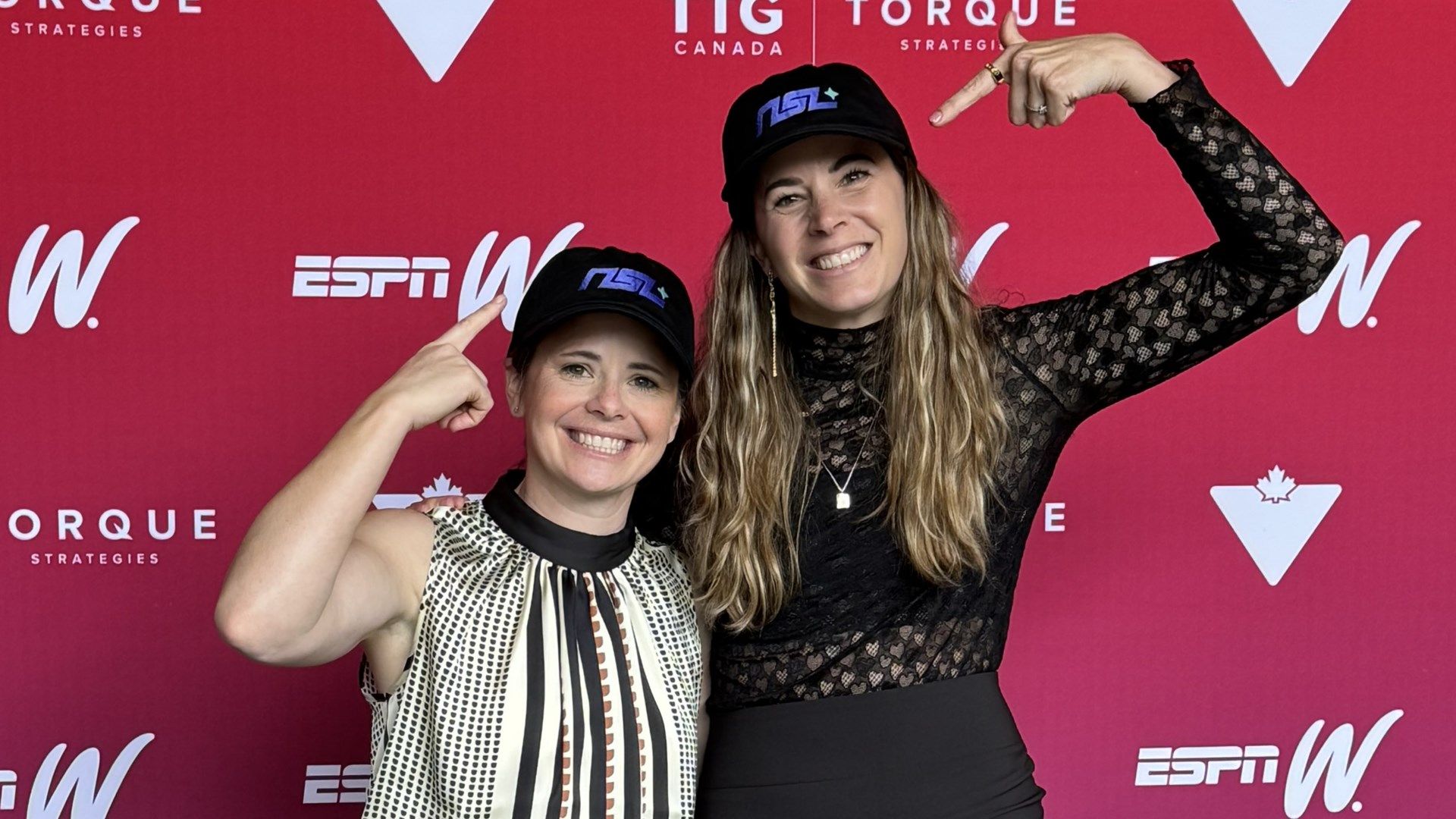.jpg?quality=60&auto=webp&format=pjpg)